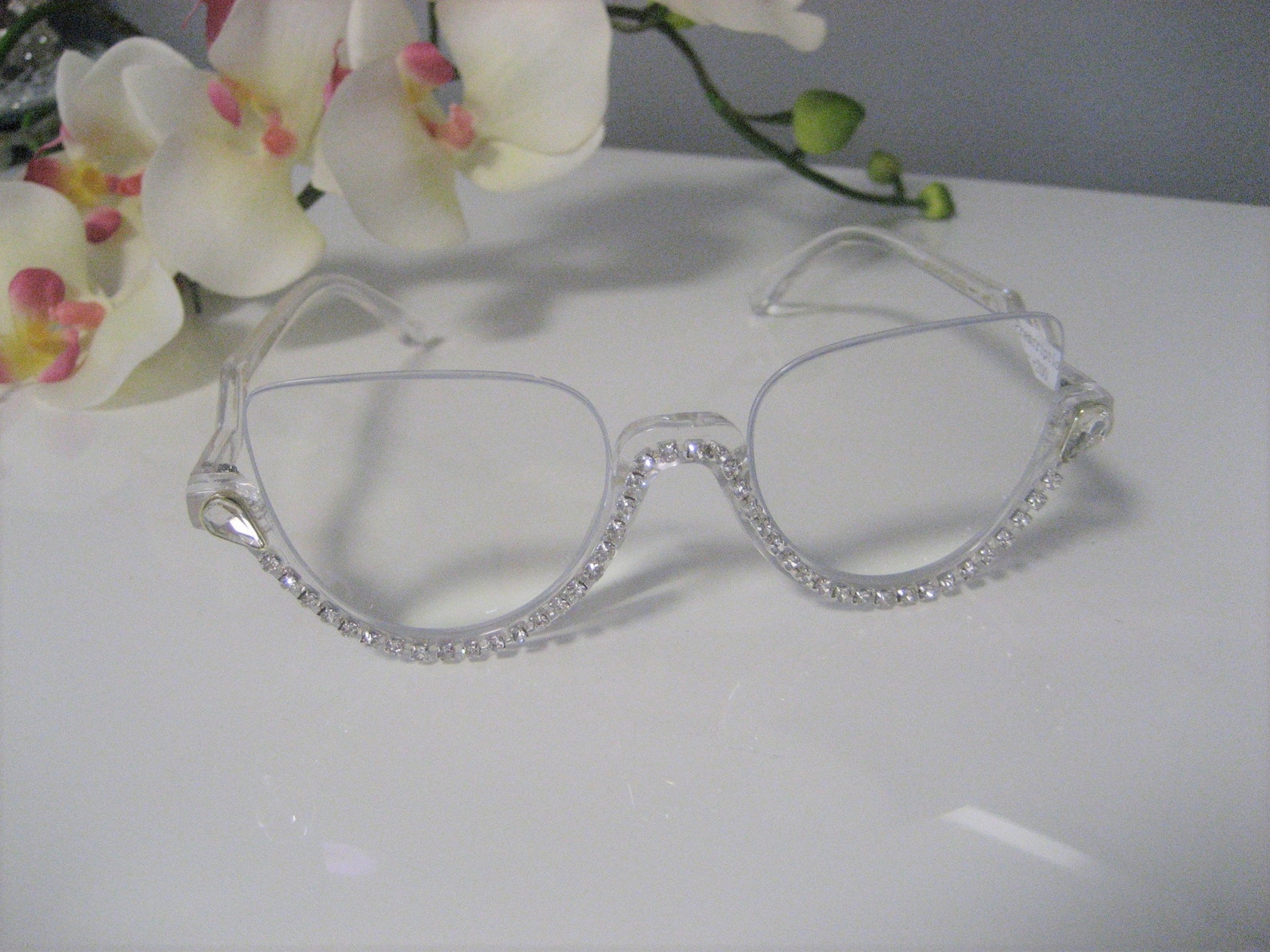

How are all these different styles considered “cat-eye glasses?” While the exaggerated, upper-rim wingtip at the temple is the telltale sign of cat eyes, the bottom rim that sublimely slopes upward to the top of the wearer’s cheekbone really gives cat-eye glasses frames their signature look. Now you can wear cat-eye glasses in dozens of different ways, from vintage-inspired, brightly colored cat-eye glasses to the subtle eyebrow arch of semi-rimless, wireframe cat-eye glasses. Since then, the eye-catching style has been reimagined over and over again, working its way into nearly every glasses trend across decades. These frames first grabbed our attention as prescription or clear cat-eye glasses in the 1950s, but they really took off when Audrey Hepburn donned her elegant, tortoiseshell sunglasses version in “Breakfast at Tiffany’s.” You may have trouble looking at certain LCD screens through polarized lenses, however.When you think about vintage glasses, chances are your mind conjures up something in the shape of cat-eye glasses. Since it’s so much nicer to look through polarized lenses, and they’re available on some sunglasses that are as cheap as non-polarized options, there’s no reason to skip this feature. Polarization: All of our picks are polarized, or have the option to add polarization, since polarized lenses eliminate glare and increase contrast, and thus decrease eyestrain.These also offer good contrast in dim or low-light conditions.” Green lenses transmit all color evenly, meaning color perception is even. Amber or brown lenses improve contrast and enhance depth perception.



Gray-tinted lenses offer better overall protection and help reduce glare, especially off water and pavement surfaces. But as Ellen Koo, MD, told us, “Different color tints can serve different types of advantages. Lenses: Lens color is primarily a matter of style and preference.If you see three numbers there, the first number is the horizontal width of the lens in millimeters. If you’re trying to decide what frames might fit your face, check the inside arm of a pair you already like. Models that offered a variety of color combinations to suit more people’s preferences were great, but we didn’t eliminate glasses that lacked such options. Design: An unsightly logo or brand name emblazoned on your sunglasses can ruin an otherwise great pair of shades (paging the previous design of the Gamma Ray Cheaters, which Gamma Ray has since corrected), so we looked for pairs with a minimal design.In our testing, we found that full-metal hinges helped-the hinges made arms easier to fold and unfold-but we considered models that had plastic hinges, too. Build quality: Even cheap sunglasses should feel solidly constructed and be able to withstand your throwing them into a backpack or onto the backseat of a car.Comfort: Although comfort is hard to evaluate because people’s faces and tolerance for glasses vary widely, we sought frames that were lightweight and pleasant to wear for long periods of time on a variety of face shapes and sizes.Some people are willing to take good care of their shades and pay more for style, excellent build quality, or other bonuses, so we also tested some higher-quality pairs, and for those we set our price cap at $70. Price and value: After speaking to people who tended to break or lose their sunglasses, we decided that a good pair of cheap sunglasses should meet all our other criteria for less than $30.When you shop for sunglasses, always make sure to choose lenses with 99% or 100% UV protection or UV400 labeling (“UV400” means that the glasses block all light rays with wavelengths shorter than 400 nanometers, which is the cutoff for UV light). Goel, MD, told us, when you use lenses without UV protection, you end up allowing more damaging UV rays to enter your eyes than if you were wearing no sunglasses at all, and you leave your eyes vulnerable to a slew of nasty ailments (more on that in the UV protection section).


 0 kommentar(er)
0 kommentar(er)
